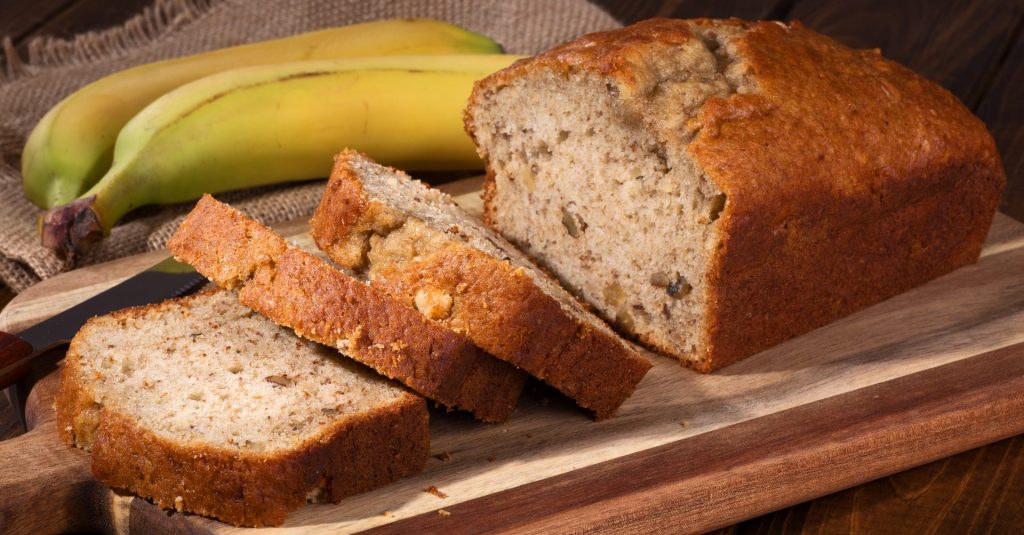Let’s say you want to bake some banana bread, so you go online to get a recipe. You follow all of the directions hoping it turns out but then something mysteriously goes wrong, and it turns into a pile of disappointing mush. It’s not your fault that your banana bread didn’t turn out. The problem may be coming from the crude technology of recipes. Keep reading to learn about the three flaws of recipes and why formulas are better.
Recipes are an old technique that has been used since 1600BC to create delicious food. Even though this method seems authentic and trustworthy, it does not mean recipes are the best tool available today. Thankfully we have modern techniques to make food development today more easy, cheap, and fun than ever before. Let me explain.
A Recipes’ first flaw is that they use Volume- a unit of measure that changes. Measuring with Cups, Teaspoons, and Quarts are all types of volume measurements that can vary depending on the ingredient density. The problem here is that some ingredients can change volume. Have you ever seen a recipe that calls for 2 cups of packed brown sugar? How much should you pack the brown sugar into the cup before adding it? If you lightly pack the first cup and densely pack the second cup, you will be adding different amounts of sugar to your recipe. The way to take the guesswork out of this consistency problem is to use a formula that measures weight not volume. Your sugar packing days are over!
Recipes’ second flaw comes down to the lack of accuracy. Accuracy is the ability to get the same number every time you measure. For example, when a person steps on a scale three times it may read 165lb, 164lb, 166lb so their weigh is 165lb accurate to + or – 1lb. Your accuracy in measuring the volume of one tablespoon of vanilla is only as good as your ability to evenly level off the vanilla with the top of one tablespoon. Even though three teaspoons technically equal one tablespoon, using three teaspoons may measure different than one tablespoon because teaspoons are more challenging to level off. The way formulas avoid this hassle is by using calibrated scales to measure ingredients by weight. Leveling problems solved!
Recipes’ third flaw is less precision from using volume measurements. Measurement precision is the ability to target many different measurements. To use an analogy, if you shoot a target many times in the center, you are accurate. Now, if you shoot and hit many different targets, you are precise. Let’s say you want to adjust a recipe by a small amount but with a recipe, the measuring increments are too far apart. For example, if you want to increase the amount of sugar using measuring cups, you can only increase by 1/4 cup increments. Increasing sugar by .26 cups is not possible in a repeatable way using 1/4 cup and 1/2 cup tools. Formulas have an advantage by relying on the greater precision of scales. Even cheap scales that measure down to 1g are still many times more precise than most volume measurements.
Solve the first flaw of recipes with the most significant advantage of formulas which is; Formulas use weight measurements like grams (g) or pounds (lb). Consider making a popcorn ball with a recipe and a formula. A cup of fluffed popped corn or a cup of crushed popped corn will create two different popcorn balls, but if you use 100g of fluffed popped corn or 100g of crushed popped corn the result may look different (crushed vs. fluffed) but at least the amount added will be proportional.
Formulas solve the second and third flaw of recipes by relying on precise and repeatable weight measurement. Even the cheapest gram scales that are accurate to + or – 1 gram can repeat their measurements with less range of error than measuring cups. There is more room for optimizing a formula using a scales definition over crude measuring cups, for example, 1g, 2g, 3g, etc… compared to 1/4 cup, 1/2 cup, 3/4 cup. Switching from volume to weight measurements gives more definition and control over food design, and the tools cost about the same. It is like swapping out your old tube tv for a High definition screen.
No longer do you need to wonder why your banana bread won’t rise, or muffins are too dry. With the right tools, it is easy to make good food, and with modern techniques, you can easily design food with confidence. The most essential tool of a Food Scientist is a gram scale, and now you know why. Formulas are more consistent, precise, and accurate than recipes and this technique opens the door for some exciting new food design.
